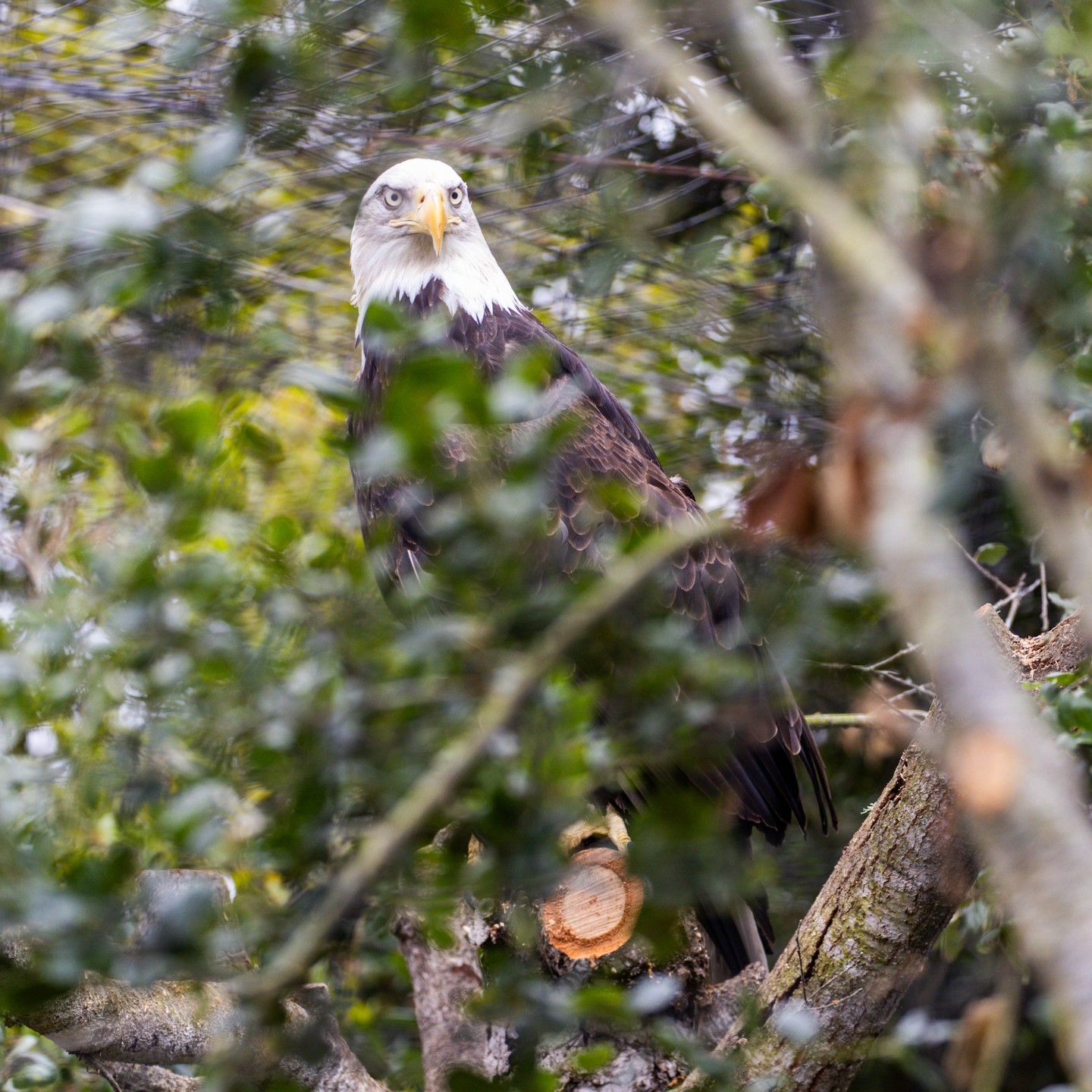- The extraordinary vision of bald eagles and its biological underpinnings.
- The role of Amelia, a bald eagle, as a symbol for conservation awareness.
- The significance of optical acuity in bald eagles for survival and hunting.
- Conservation efforts focused on protecting bald eagle habitats and populations.
- Implications of zoo management for educational outreach and species preservation.
Bald Eagles’ Vision: An Evolutionary Marvel
Bald eagles boast a vision that is unparalleled in the animal kingdom. Their eyes, while similar in size to those of humans, possess an exceptional ability to focus and detect details over long distances. This optical superiority is due to several anatomical adaptations that optimize their eyesight for survival. The density of cones, which are photoreceptor cells in the retina, is much higher in eagles than in humans. This density allows bald eagles to see colors more vividly and detect even the slightest movements, facilitating their hunting prowess. Furthermore, the placement of their eyes provides a wide field of view, coupled with a significant degree of binocular vision that is essential for depth perception. This powerful combination enables them to spot prey as far as two miles away.
Amelia: A Conservation Ambassador
Amelia, the bald eagle, serves as more than just a fascinating subject of study; she is a powerful ambassador for wildlife conservation. Her presence helps bridge the gap between human observers and the awe-inspiring capabilities of avian species. Through her story, Amelia brings attention to the importance of conserving natural habitats that are critical for the survival of bald eagles and countless other species. The dramatization of her keen eyesight serves to engage the public and inspire further interest and investment in conservation efforts. Amelia embodies the success of collaborative conservation initiatives that have historically brought bald eagle populations back from the brink of extinction.
The Role of Optical Acuity in Eagle Survival
The survival of bald eagles heavily relies on their extraordinary optical acuity. The ability to spot a small animal or fish from great heights gives eagles a significant advantage as predators. This visual acuity allows them to accurately assess distances, identify prey, navigate complex landscapes, and execute precise strikes. In environments where prey may be scarce, the keen eyesight of bald eagles plays a vital role in their ability to secure a meal with minimal energy expenditure. This natural efficiency underscores the evolutionary advantages that have allowed eagles to thrive for millennia across North America.
Conservation Efforts for Bald Eagles
The resurgence of bald eagle populations in recent years is a testament to successful conservation efforts. Once listed as an endangered species, aggressive legal protections, habitat restoration initiatives, and pollution control have helped increase their numbers. The Bald and Golden Eagle Protection Act and the banning of harmful pesticides like DDT were instrumental in these gains. Today, these majestic birds remain a focus of ongoing environmental stewardship. Conservation organizations continue to monitor eagle populations, facilitate habitat restoration, and educate the public about the threats posed by habitat loss and environmental changes. These efforts ensure that the bald eagle remains a thriving symbol of ecological resilience.
Zoo Management and Educational Outreach
Zoos play an integral role in fostering public awareness about bald eagles and broader conservation issues. Through educational programs and exhibits featuring ambassadors like Amelia, zoos contribute to a deeper understanding of the importance of species preservation. By displaying eagles in environments that mimic their natural habitats, zoos provide insights into their behaviors, rearing habits, and ecological roles. Additionally, zoos serve as key players in research and rehabilitation efforts, often housing injured eagles unable to survive independently in the wild. This dual focus on education and conservation solidifies zoos’ vital contribution to ensuring the longevity of bald eagle populations and their environments.
In summary, the bald eagle’s extraordinary vision exemplifies the intricate adaptations that facilitate survival and dominance in the wild. Amelia, as a representative eagle, highlights the importance of conservation efforts that protect these majestic birds and their ecosystems. Continued advocacy for habitat preservation and environmental protection will remain essential to safeguard bald eagles for future generations. Through potent demonstrations of nature’s marvels, such as Amelia’s impeccable sight, humans can draw inspiration to deepen their commitment to preserving the planet’s biodiversity.
*****
Source Description
Nothing gets past Amelia! 👀🦅
Bald eagles have eyes that are about the same size as human eyes, however, their optical acuity allows them to pinpoint prey from up to two miles away!
Alt-text: Amelia the bald eagle perches on a tree branch. Through the tree’s leaves, we see her eyes firmly locked on something out of frame.


